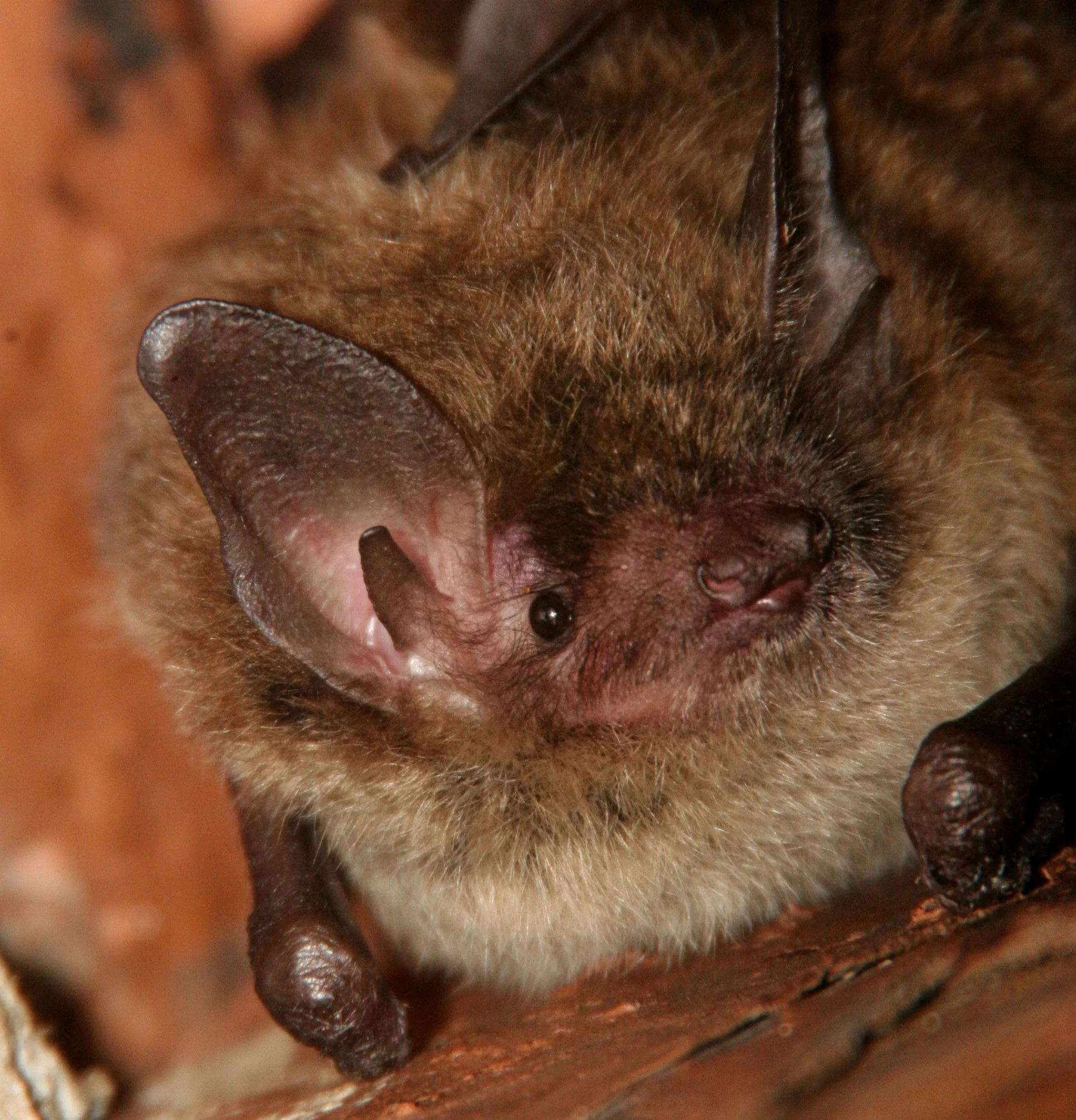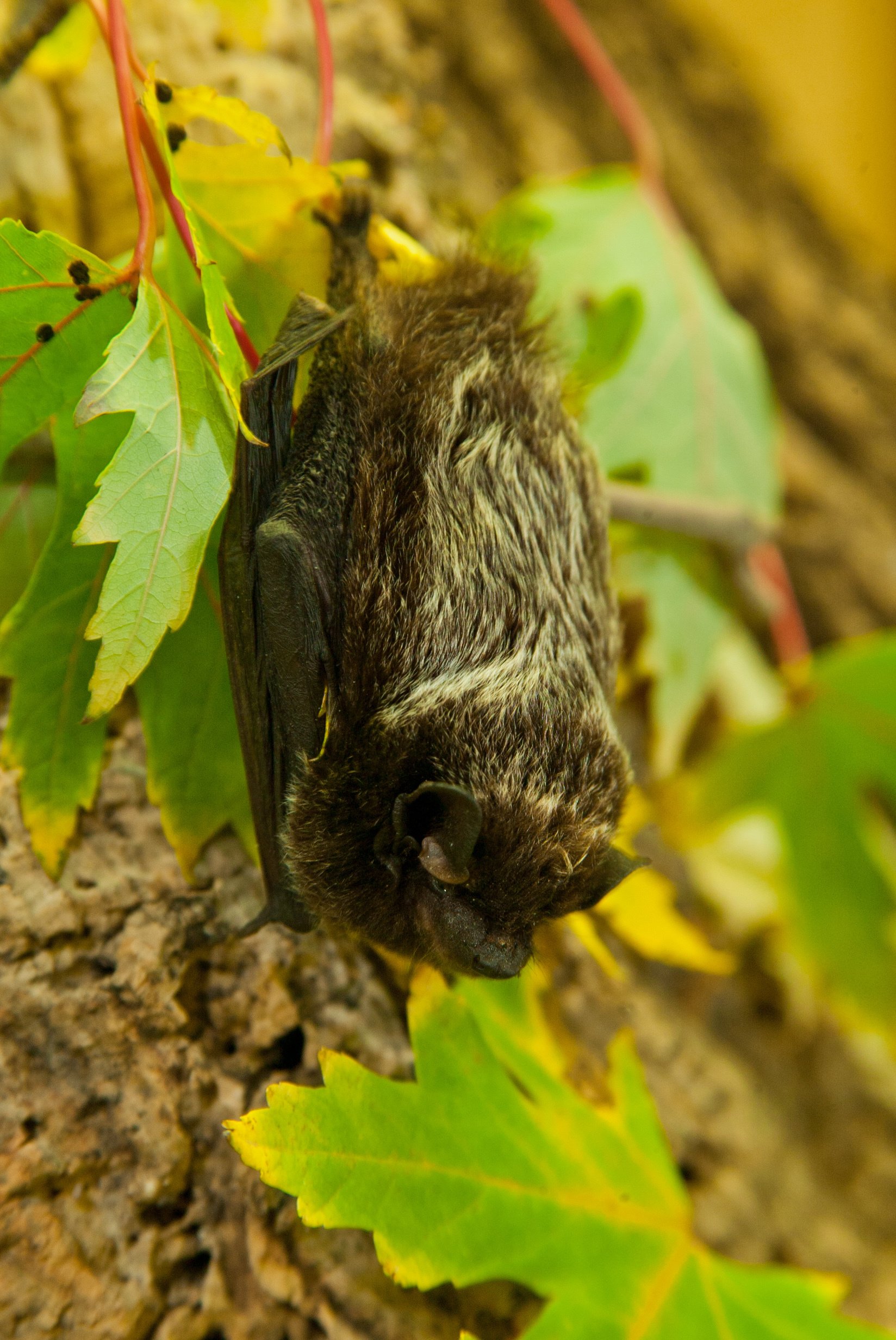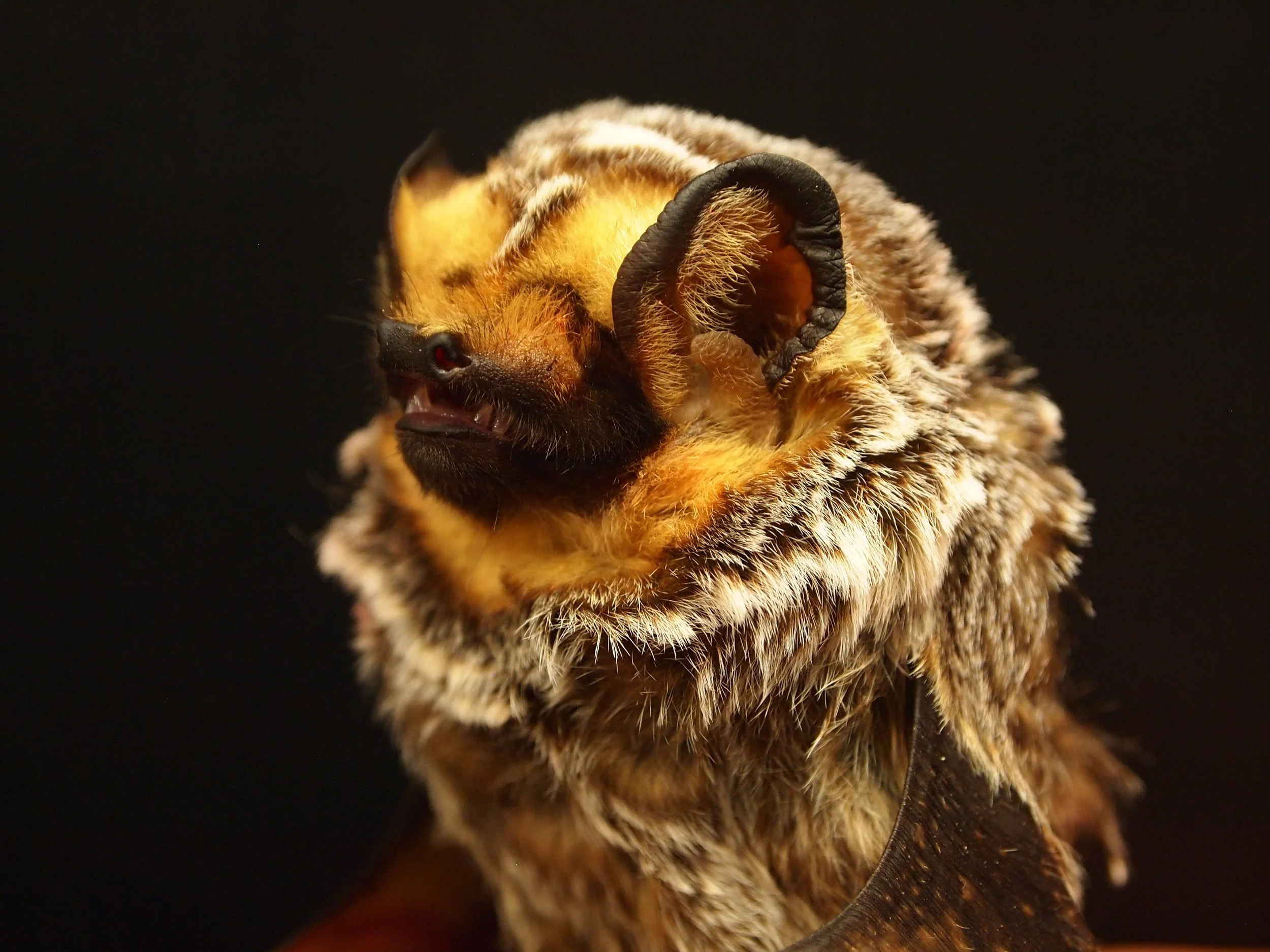ȽELBELAXEN
Practice your SENĆOŦEN! Thanks to Dominique James for translating these bat facts for us. Dominique is working with HAT as the W̱SÁNEĆ Land Steward and SENĆOŦEN Language Specialist. Learn more about her in her bio here. Learn more SENĆOŦEN at the W̱SÁNEĆ Leadership Council (WLC) website here.
ȽELBELAXEN is the SENĆOŦEN word for bat!
ENÁN U ṮI TŦE ȽELBELAXEN E TŦE TEṈEW̱
Bats are an important part of our ecosystem.
EL¸IȽEŦEN EȻS ₭Á¸EN I TŦE SNÁT QELAXEN¸ I TŦE I¸ȻELEṈ SṮEṮE¸ÁLḴEM E TŦE SNÁT
Bats eat mosquitoes, moths, and other flying insects at night.
NI E TŦE NEȾE I¸ O ĆESE ȽELBELAXENXOȽ E TŦE MEQ SĆELÁNEṈ
Bats have one or two babies per year.
ĆOȻES TŦE XOĆE I SDIḴEL¸ENEȻ E TŦE S¸IȽENs TŦE ȽELBELAXEN
Bats rely on lakes and wetlands for food.
HELI¸ȻELE¸ȻENTOL TŦE ȽELBELAXEN LÁ¸E E TŦE SDÁDĆI I TŦE ÁLEṈ E TŦE SW̱EW̱O¸EŦ
Bats live in groups in dead trees and caves.
ȻENÁṈET ȽTE ȻS QENT TŦE ȽELBELAXEN E ȻS QENT ȽTE TŦE XOĆE TŦE XEXOĆE I TŦE SDIḴEL¸ENEȻ I ȻS ṮI TŦE ȽELBELAXEN E TŦE ENÁN U ṮEL¸ṮIs E TŦE TEṈEW̱
We can help bats by leaving dead trees, protecting our lakes, ponds, and wetlands and respecting bats as an important part of the ecosystem.
Learning Resources
Download the SENĆOŦEN app on the Apple App Store or Google Play Store
Learn the SENĆOŦEN alphabet here
From left to right: Little brown myotis, Silver-haired bat, Townsend’s big eared bat, Hoary bat.




